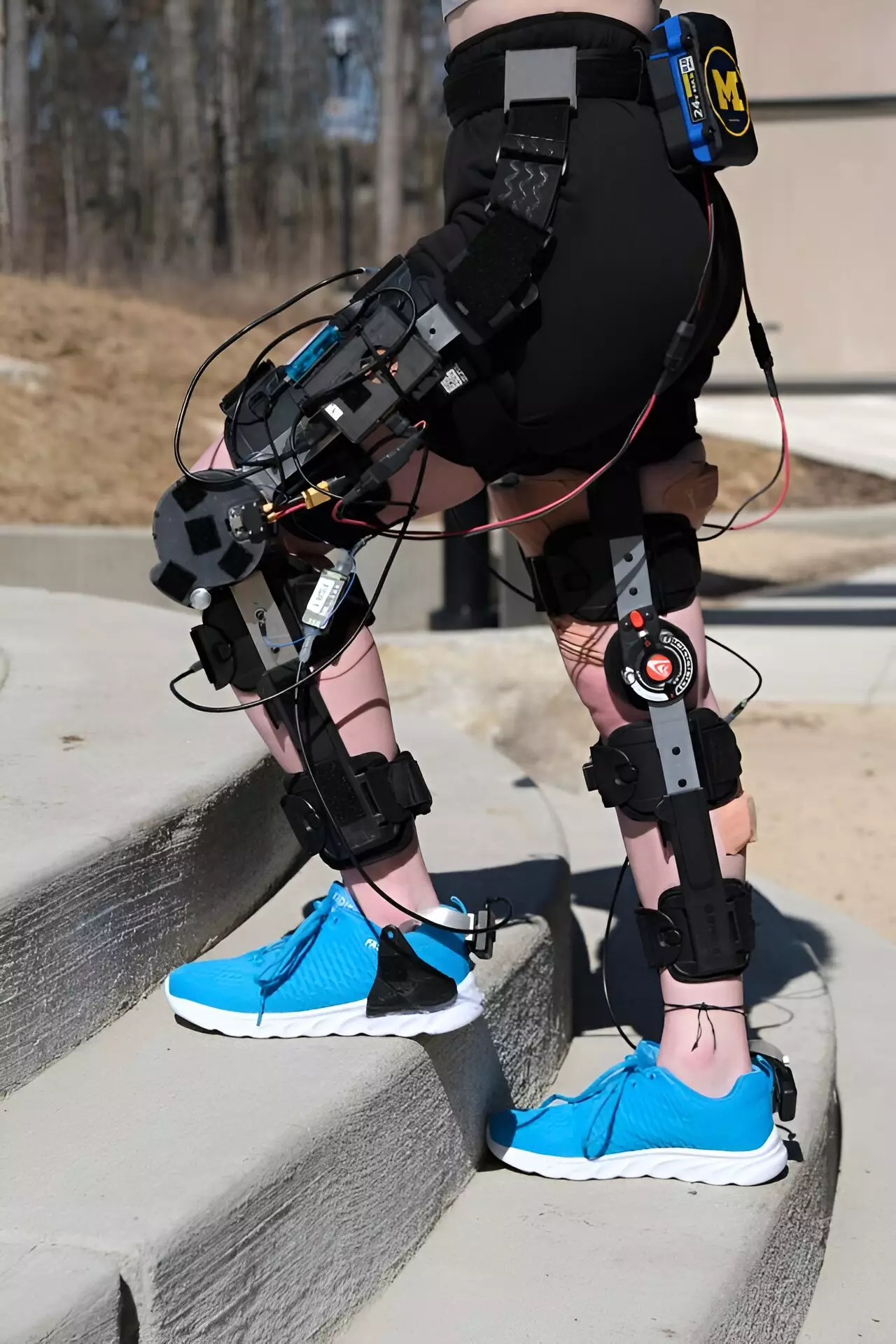In recent years, advancements in wearable technology have paved the way for innovative fixes to longstanding workplace safety issues, particularly those faced by workers engaged in physically demanding tasks. A recent study out of the University of Michigan has introduced a groundbreaking concept: knee exoskeletons designed to alleviate fatigue during lifting and carrying tasks while promoting better posture. Unlike traditional back braces and exoskeletons, which often compromise proper lifting form, this technology targets the quadriceps muscles, providing a more effective and less intrusive solution to enhance worker safety.
Rethinking Exoskeleton Design
Historically, the focus on workplace safety regarding lifting has revolved around back support. Many workers in sectors such as construction and manufacturing have relied on back braces that either stabilize the lower back or employ springs and motors to assist with lifting. However, these devices tend to assume unsafe lifting methods, such as stooping, which can further exacerbate the risk of injury. The emergence of knee exoskeletons as an alternative reflects a paradigm shift, targeting leg strength to help maintain healthy lifting practices.
The knee exoskeletons developed by the University of Michigan’s research team are unique in that they provide support specifically to the quadriceps—muscles essential for safe squat lifting. This distinction makes the knee exoskeletons less obtrusive and allows workers to engage in various activities without the cumbersome restrictions commonly associated with back-supporting devices.
To assess the efficacy of the knee exoskeletons, ten participants—five men and five women—were tested on their ability to lift and carry a 20-pound kettlebell both when fresh and after extensive exertion. The tasks involved a variety of movements, including lifting off the ground, carrying over flat terrain, and navigating slopes and stairs. The research findings highlighted a compelling advantage: the use of the knee exoskeleton significantly enhanced the participants’ ability to maintain proper posture, even as fatigue set in.
In stark contrast to their non-exoskeleton performance, which became 44% slower under fatigue, participants lifted with the assistive device at nearly the same pace as when they were not fatigued, being only 1% slower. This dual benefit of improved posture and enhanced lifting speed is crucial, particularly in environments where workers must synchronize their movements with conveyor belts, thus reducing the likelihood of back-related injuries.
The functionality of the knee exoskeletons stems from their sophisticated motor systems and adaptive software, which allow for a seamless integration into a range of activities. The exoskeletons are designed to facilitate natural knee movements, fostering a sense of normalcy for the user, thanks to their real-time predictive capabilities. By constantly measuring the position of the knee joint, as well as the angles and forces at play, the exoskeleton can adjust its level of assistance on the fly— a significant advancement over conventional exoskeletons that often require rigid task definitions.
This adaptability is particularly important in environments where task switching is common. A traditional exoskeleton may struggle to recognize and adapt to rapid changes in movement patterns, causing delays and potentially risking user safety. The innovative design and operational framework of these knee exoskeletons safeguard against such pitfalls, allowing for greater freedom and responsiveness.
The University of Michigan team anticipates that by refining the knee exoskeleton technology for mass production, the retail cost could be considerably lowered to around $2,000 per pair—making it a feasible investment for businesses focused on improving workplace safety. With patent applications already underway and engagements with partners to bring this technology to market, the prospects for implementation in various high-risk industries appear promising.
The potential of knee exoskeletons extends beyond just worker safety; they embody a shift toward a more intelligent, nuanced approach to tackling occupational hazards. By strategically targeting the underlying issues of fatigue and muscle strain rather than merely providing external support, these devices represent an evolution in workplace innovation. As companies increasingly prioritize employee well-being alongside productivity, the advent of knee exoskeletons may well become a standard in ensuring safe lifting practices across a multitude of sectors.

